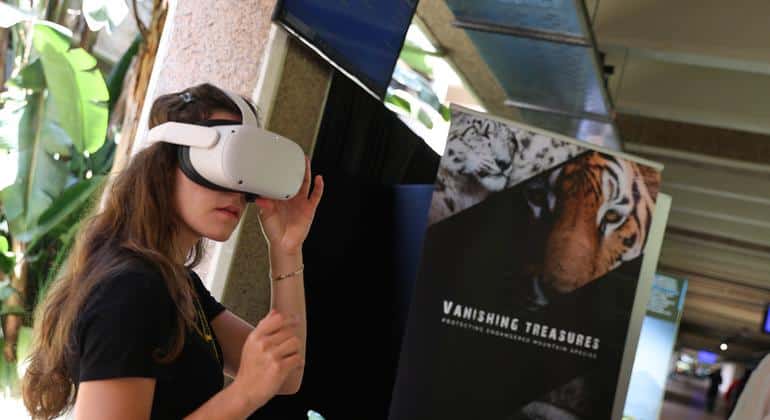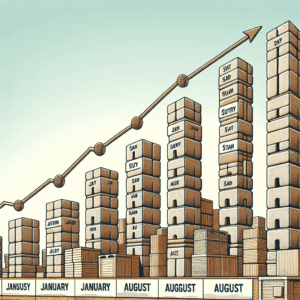Here’s the translation into American English:
—
Digitalization and automation are transforming the global labor landscape, driving new health and safety measures for workers. A recent report from the International Labor Organization (ILO) highlights that innovations such as collaborative robots, smart sensors, and virtual reality are creating safer work environments. These technologies are replacing humans in high-risk tasks, contributing to the prevention of injuries in critical sectors such as mining, agriculture, and construction.
While these innovations enhance protection, the report also emphasizes the need to regulate their use to avoid emerging risks, such as excessive surveillance. Published on April 28, coinciding with World Day for Safety and Health at Work, the document stresses the urgency of identifying and controlling hazards associated with these new tools from the outset.
In the industrial sector, robots are performing dangerous functions, such as disabling explosives and handling chemicals. In agriculture, drones are helping reduce farmers’ exposure to toxic pesticides. Additionally, during the pandemic, robots were used in hospitals to transport patients and disinfect areas, minimizing the risk of contagion for medical staff.
The report also highlights the use of robotic exoskeletons, which help reduce physical strain and prevent musculoskeletal injuries in construction and healthcare sectors. Smart wearable devices that monitor worker health are also mentioned, such as clothing and helmets with sensors that detect falls or exposure to hazardous conditions, alerting users in real-time.
Virtual reality is establishing itself as a key tool for training in high-risk situations, allowing workers to face emergency simulations, such as fires or chemical spills, without endangering their lives. Countries like Qatar, Chile, and Australia are implementing this strategy for training safety inspectors and workers.
However, the ILO warns about the psychosocial risks associated with digitalization, which include invasive surveillance and what is referred to as “tech stress,” resulting from pressure to adapt to ever-evolving digital systems. This can generate anxiety and a sense of injustice due to algorithmic performance evaluations.
Furthermore, the report points out that women and older workers face greater challenges in adapting to these new technologies, as devices are often not designed with their physical characteristics or specific needs in mind. Those with less access to digital education also face a higher risk of being excluded or replaced by machines.
Therefore, the ILO argues that the integration of digital technologies in occupational safety must be guided by principles of social justice and worker participation. This involves reviewing labor laws to include new forms of work and promoting adequate training while also ensuring the right to disconnect.
—
Let me know if you need any further assistance!
Referrer: MiMub in Spanish











